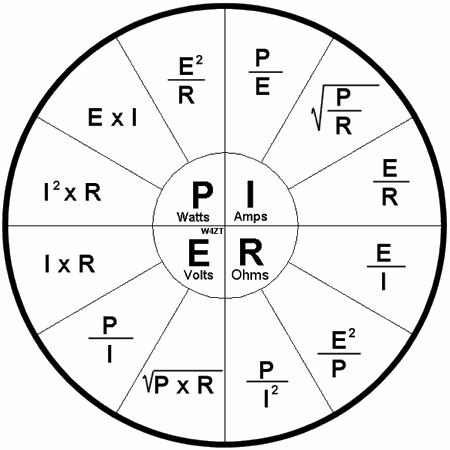67Dart273
Well-Known Member
OK, next step would be to check output stud at alternator with same conditions, IE compare battery reading with the alternator output stud.
The best way to test these systems is to NOT use any Auto/whatever tester. Test the system on the car.
Read carefully what I asked you to do, and if not understanding, post back with questions.
The major "blocks" of failure are...............
1...Field circuit and regulator
When you check for battery voltage / key on at the blue field wire, and with the green wire grounded, you are checking all the way from the battery, through the bulkhead, ignition, and all the way to the field, through the alternator field and to ground.
2...problems in the output wiring
The output of the alternator comes out of the big stud, through the big black wire, through the bulkead, ammeter, back through the bulkhead, fuse link, and to the battery. By comparing these readings with the system charging AFTER you have checked the field circuit, you can usually tell if this circuit path has problems, such as bad connections in the firewall/ bulkhead connector
3...problems in the alternator
If you cannot get it to charge by bypassing the regulator in (1) and the test in (2) seems OK, then it's likely bad problems in the alternator. This can be as simple as sticky or worn brushes, a bad (open or grounded) field winding, or bad stator and or rectifier diodes.
I'll say it again.........the chances that two alternators have exactly the same problem on someone's tester is fairly unlikely.
This stuff is generally not magic. It is a "logical" as Mr Spock
The best way to test these systems is to NOT use any Auto/whatever tester. Test the system on the car.
Read carefully what I asked you to do, and if not understanding, post back with questions.
The major "blocks" of failure are...............
1...Field circuit and regulator
When you check for battery voltage / key on at the blue field wire, and with the green wire grounded, you are checking all the way from the battery, through the bulkhead, ignition, and all the way to the field, through the alternator field and to ground.
2...problems in the output wiring
The output of the alternator comes out of the big stud, through the big black wire, through the bulkead, ammeter, back through the bulkhead, fuse link, and to the battery. By comparing these readings with the system charging AFTER you have checked the field circuit, you can usually tell if this circuit path has problems, such as bad connections in the firewall/ bulkhead connector
3...problems in the alternator
If you cannot get it to charge by bypassing the regulator in (1) and the test in (2) seems OK, then it's likely bad problems in the alternator. This can be as simple as sticky or worn brushes, a bad (open or grounded) field winding, or bad stator and or rectifier diodes.
I'll say it again.........the chances that two alternators have exactly the same problem on someone's tester is fairly unlikely.
This stuff is generally not magic. It is a "logical" as Mr Spock

















